This guide is meant to teach you how to propagate White Pine (Pinus strobus) and hopefully make it easier for you to sell them at your own nursery.

Hardiness Zone: 2 – 8

Soil Type: Well-drained, slightly acidic chalk, clay, loam or sand.

Water: Normal. Drought Resistance

Exposure: Full Sun
White Pine (Pinus strobus) is a coniferous tree hardy up to hardiness zone 2. There are a few characteristics that can help you identify white pine.
How to Identify White Pine (Pinus strobus)
Bark
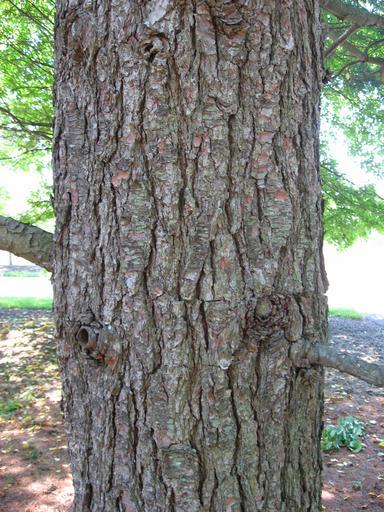
White pine bark is grayish to reddish-brown in color. If you look closely, you’ll see layers of scales that are broken into irregular blocks.
Ridges form in between the blocks and deepen as the tree ages. The outermost layer breaks into small, squarish scales and eventually flakes off.
Young white pine bark is smooth, with a greenish-gray color.
Needles
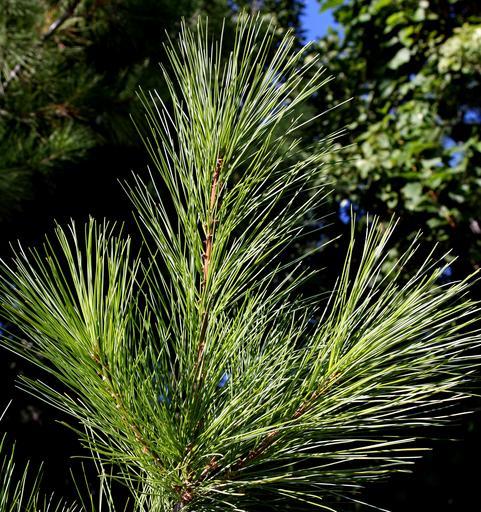
One of the most trustworthy ways to identify a pine tree is by looking at its needles.
Their acicular leaf grows in an alternate arrangement along the stem on a fascicle structure.
These fascicles or clusters form exactly 5 needles.
Each needle measures from 5-15cm long, which is the longest of all pine needles.
Cones
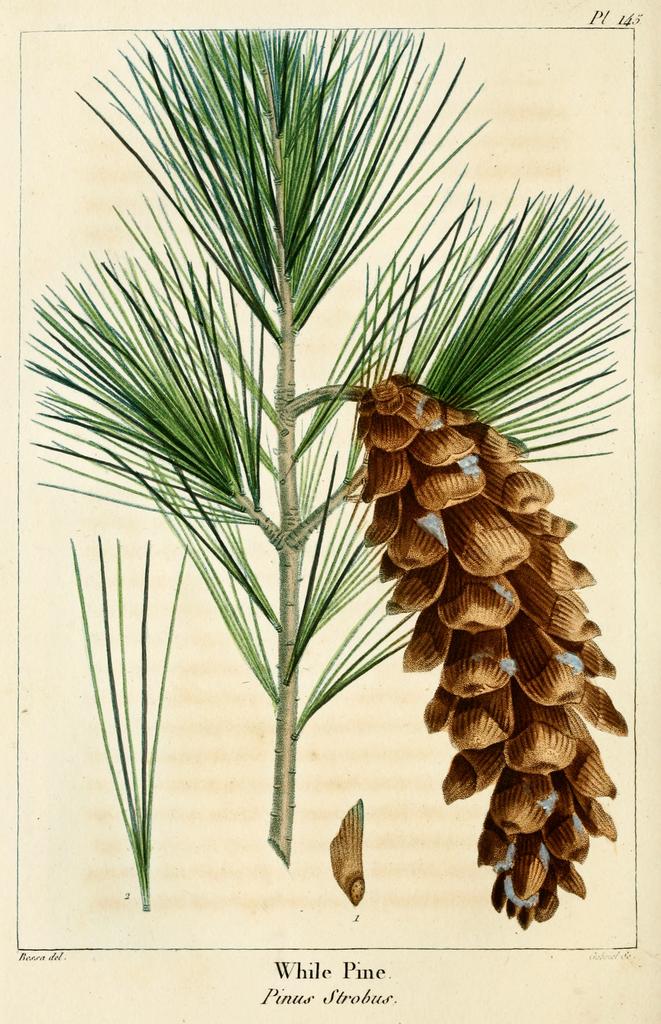
White pine cones grow in a cylindrical shape, they are yellowish-green when young and turn brown with age.
The cones grow from 8-20cm in length and open into scales that vary from 50-80 per cone.
Inside each scale rests 1-2 seeds, which have a little wing to travel distances as it drops.
Cones, along with seeds, drop to the ground when mature, usually in late summer to autumn.
Habitat
White pine is an immense tree native to the Great Lakes and Appalachian region of Eastern United States and Canada.
It’s a dominant tree that towers over almost any tree in mixed forests, even the largest hardwoods.
It prefers well-drained or sandy soils and humid climates, but can also grow in boggy areas and rocky highlands
In urban settings, white pine is a top choice for landscaping trees in parks.
Old trees create nice shade and a clean understory, with large roots protruding through the soil.
There’s a chance you have some in your neighborhood if you live in a big city. You could always go for a walk and try to identify a tree, then bring back some cones to propagate.
If you look at their habitat range on the USDA Plants Map, they are grown on almost the entire eastern side of the U.S. and Canada.
Lifespan
White pines boast an impressive average lifespan of 175-200 years.
Some of the oldest specimens have exceeded 450 years in age!
Commercial value
White pine lumber is amongst the most prized of all woods. They are the most valuable tree in all the northern forests. They produce light wood with a straight grain that is easily workable.
Its secondary commercial value is as a landscaping tree. They make great front yard trees that provide steady shade and cover.
Wildlife Value
White pine is a beneficial tree for a variety of mammals, birds, and insects.
- White-winged crossbills, bald eagles, pileated woodpeckers, and songbirds feed on the seeds or use the tree for nesting.
- Lynxes like to climb the trees for protection and resting.
- All species of squirrels nest on them and feed on their seeds.
- Snowshoe hares, white-tailed deer, and cottontails browse the foliage.
Other species like the white pine weevil damage white pines and cause their tops to die off.
Best Way to Propagate White Pine (Pinus strobus)
How to Propagate by Seed
One sure way to propagate white pine is by planting its seeds. They are hidden inside their cones, which can be released under certain conditions.
How to Harvest White Pine Seeds
If you have white pine trees near you, all you need to do is harvest the cones and place them in a paper bag at room temperature. They will dry and naturally open, releasing the seeds into the bag.
Alternatively, you can order pinus strobus seeds online here at Mount Roal Seeds.
The best time to collect pine cones is in late summer to fall when the cones have opened up and dropped to the ground.
Here’s what white pine seeds look like:
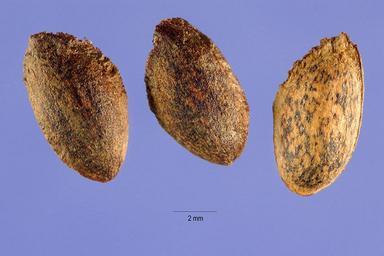
White Pine Seed Germination
You’ll need to reproduce the natural process for the highest success with seed germination. Here’s how to do it in 3 easy steps:
- Scarify: Soak in water, let stand in water for 24 hours
- Stratify: Place in ziplock bag with a little bit of sand, moisten, then keep in the refrigerator for 60 days.
- Germinate: Sow seed 1/8 inch deep, tamp the soil, then mulch the seed bed.
After that, keep even moisture throughout the growth cycle (don’t allow it to completely dry). Give it a 6-12 day period before germination.
Finally when they’re ready to transplant, 6-12 inch deep pots filled with 50/50 peat moss/sand is perfect.
Alternatively, you can just place them in pots with compost/sand outside during the winter. It’s important to make sure they don’t dry out and that they’re safe from vermin.
That way they’ll germinate the following spring.
How to Propagate White Pine with Cuttings
One of the best ways to propagate white pine is by taking cuttings.
There are two different times of the season to take them, softwood cutting season and hardwood cutting season.
Very important: Take your cuttings only from young, healthy plants. Older trees lose their ability to regenerate over the years.
Timing is key
Hardwood Cutting Season: After the first few hard frosts in fall or early spring when birches and maples begin to well.
Alternatively, white pine cuttings during winter are also fine.
Hardwood Cuttings

- First, take some hardwood cuttings off the main stem, really short at about 3-5 inches ea.
- Make sure the width of the cutting is not too thin, 1/4 inch width is fine, then cut or tear them with a heel*.
- Remove the needles from about half of the cutting.
- Wound the base of the cuttings with a vertical line on opposite sides, about 1 inch long.
- Dip in rooting hormones and then plant into your sandy propagation beds.
- Keep watering the rooting medium, sand shouldn’t be too wet but it should stay moist.
- Roots are slow and can take longer than 8-10 weeks to grow.
- For winter, no need to cover, the snow isolates very well.
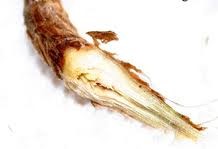
Softwood Cuttings

- First, identify a branch that’s got new growth on it. Inspect closely to see the difference between old growth and new growth.
- Find a piece of branch that’s not firm, brown old growth, it’ll be green but by now it will have gone semi hard.
- Snip a cutting or tear off with a heel. Make sure the width of the cutting is not too thin, 1/4 inch width is fine, and they should be 4-6 inches long.
- Remove needles from about half the cutting.
- Wound the base of the cuttings with a vertical line on opposite sides, about 1 inch long.
- Dip in rooting hormones and then plant into your sandy propagation beds.
- Keep watering the rooting medium, sand shouldn’t be too wet but it should stay moist.
- With proper warmth and moisture, roots should form within 6-8 weeks.
Recommended rooting medium: Peat moss or sand with perlite mix.
That’s it, that should have you covered to multiply your trees!
Let’s go propagate white pine!
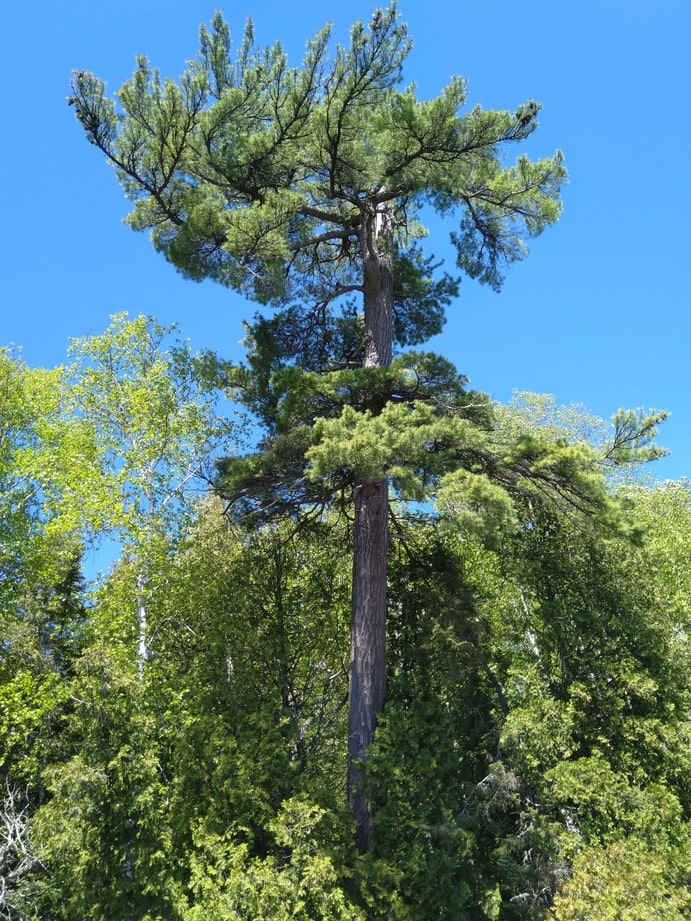
Got any questions or tricks to add? Don’t be shy to comment below and spark up a conversation!

